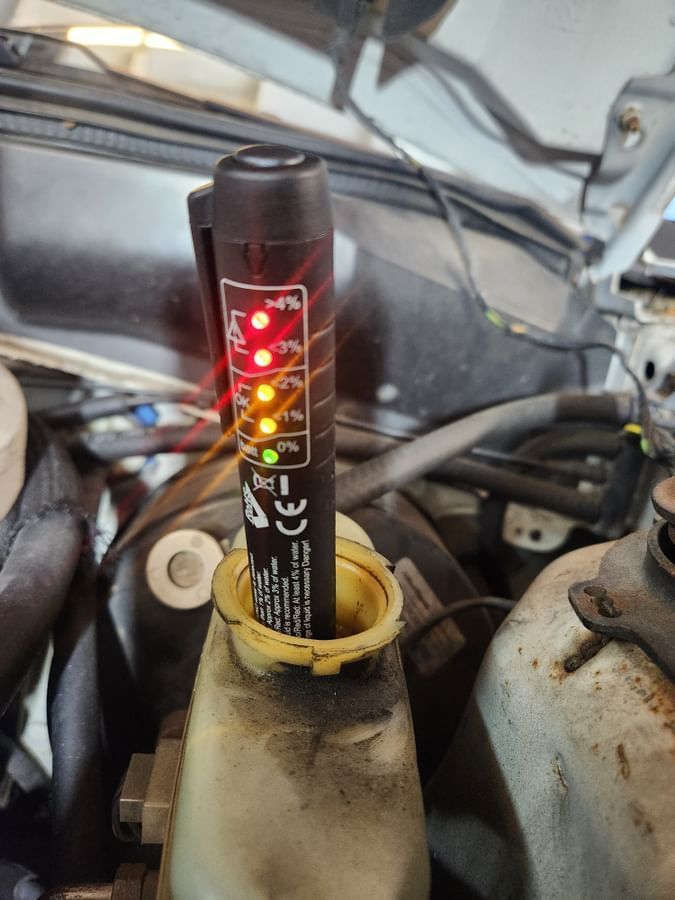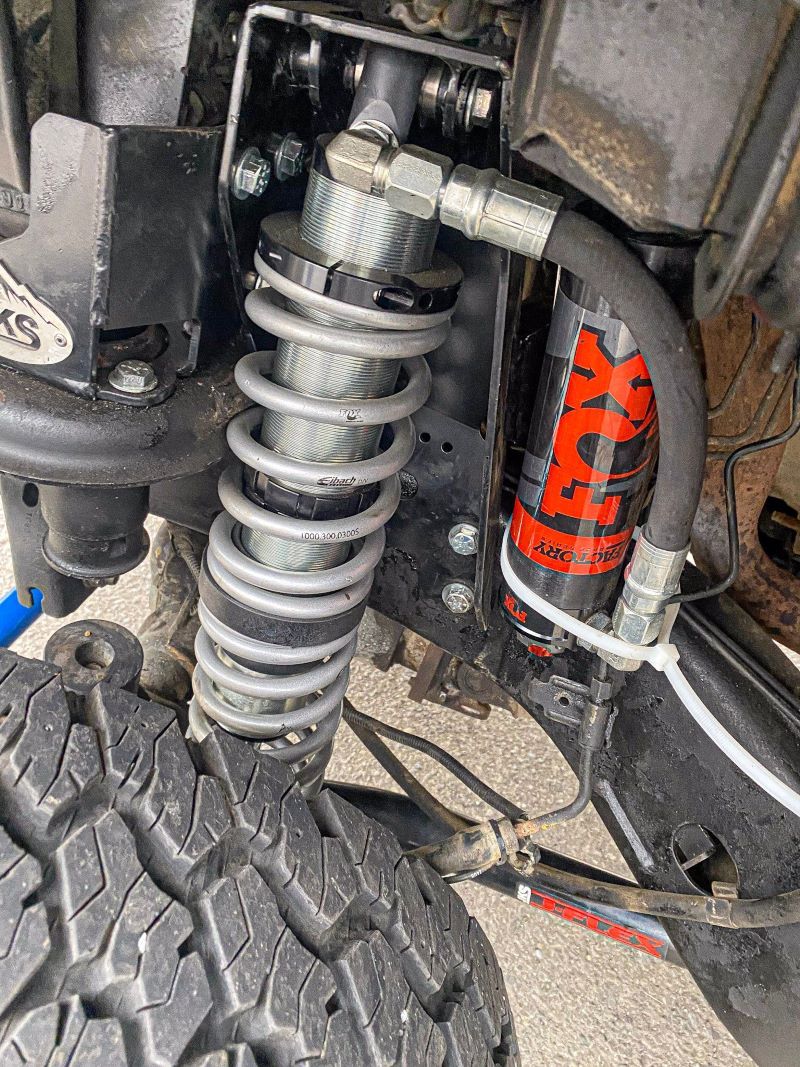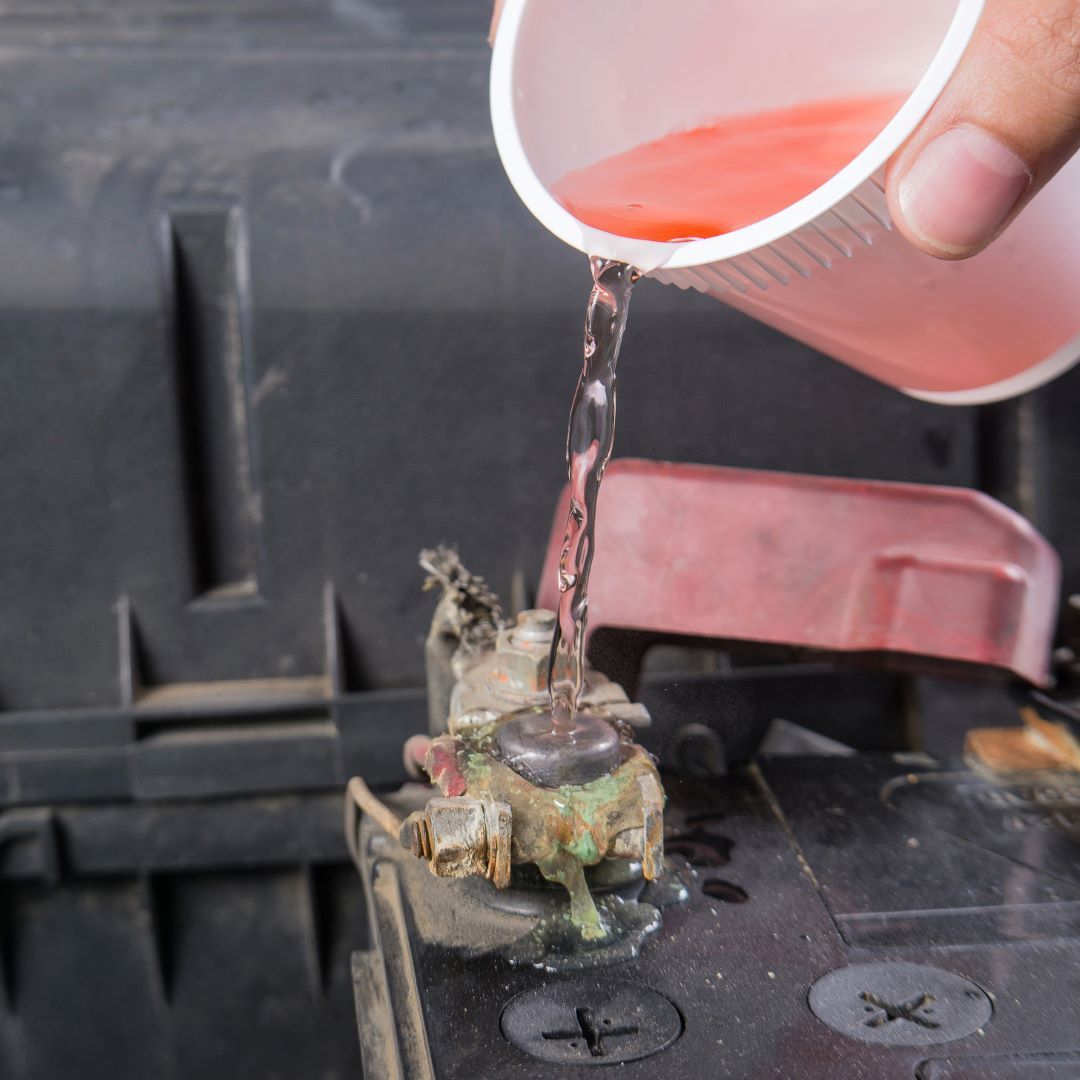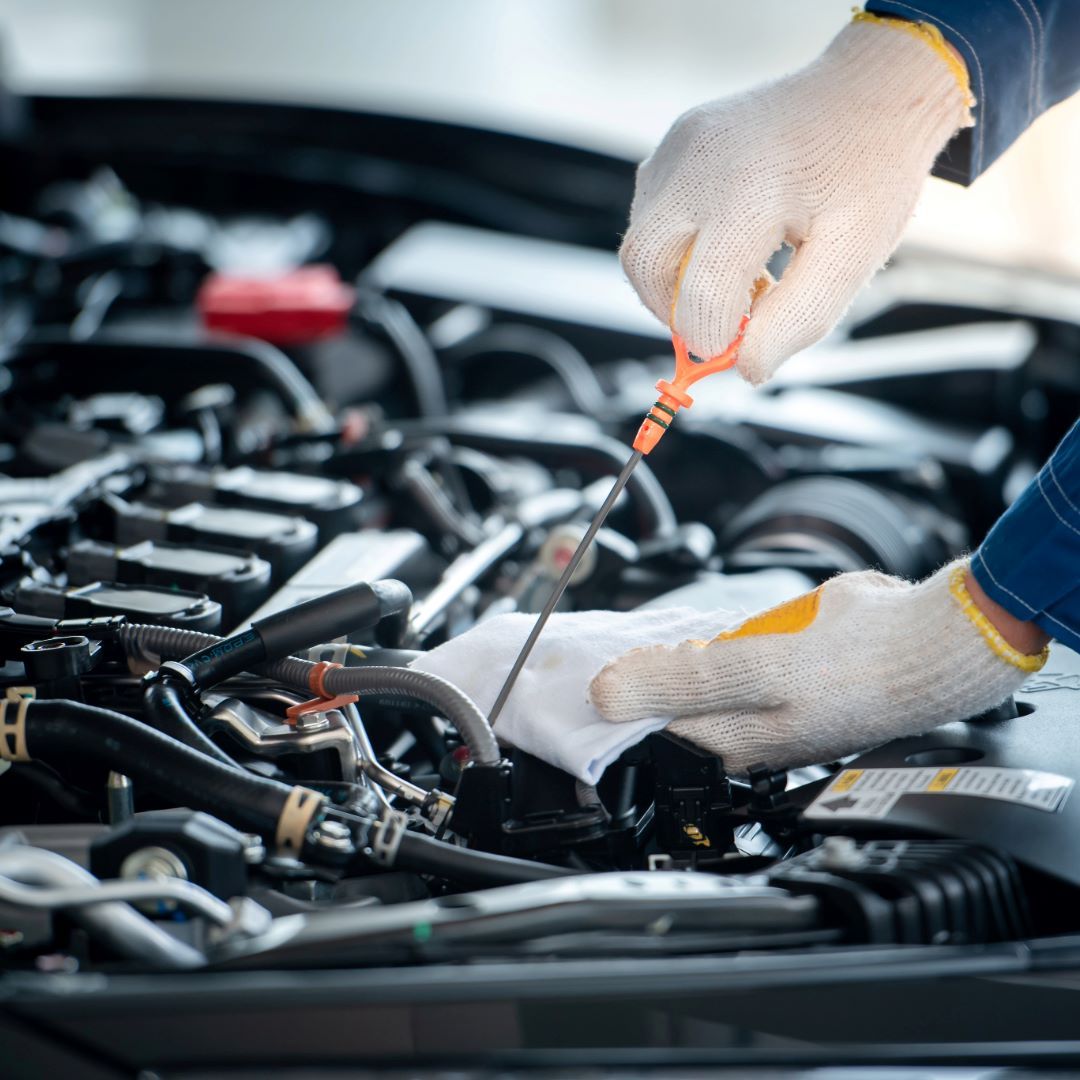How Do You Know Your Engine Is Broken? Common Engine Failures and What You Can Do About Them
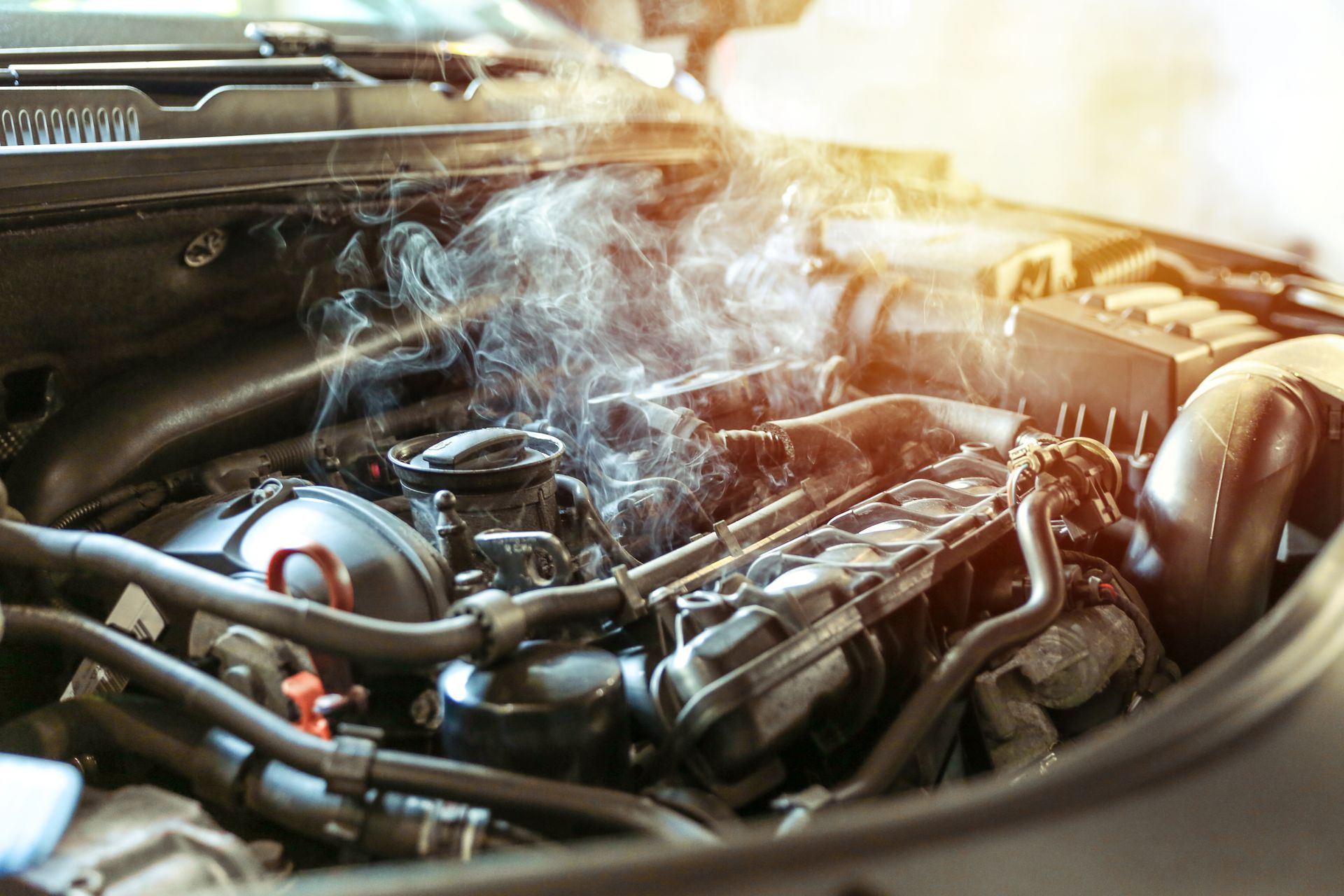
Common Engine Failures and Repair Options | ABC Auto Repair Burien
There are over 200 parts in your engine that can fail and cause a breakdown but luckily, engines typically fail catastrophically in only a few key ways. To help you understand your situation, let’s break down the common types of engine failure and what you can do about them.
Your engine can fail at either the top end (cylinder head) or the bottom end (engine block). The top end includes the camshaft, intake valves, and exhaust valves. The bottom end includes the crankshaft, pistons, piston rings, and bearings.
Let’s look at how each type of failure shows up and what to do when it happens.
Top End Failures
Blown Head Gasket
One of the most common top-end failures is a blown head gasket caused by engine overheating. You’ll notice persistent overheating and possibly a rough idle or poor performance.
When your head gasket fails, exhaust gases can enter the cooling system and boil your coolant faster than the radiator can cool it. If coolant is escaping through the exhaust and producing white smoke, you’ll also overheat.
The issue is usually not the gasket itself it’s that the aluminum cylinder head has warped from excessive heat, creating gaps between the gasket and engine block.
What’s the fix? You’ll need a top-end engine rebuild, which includes resurfacing the head and replacing the gasket to restore a tight seal.
Burnt or Broken Valves
If your car is misfiring hard or not starting at all, burnt or broken valves could be the cause. Damaged intake or exhaust valves lower engine compression, which affects performance or prevents the engine from running.
This problem is often caused by infrequent oil changes or poor-quality motor oil.
Solution: A top-end rebuild is required to replace or regrind the valves and restore compression.
Bottom End Failures
Engine Knocking
A distinct knocking noise (not to be confused with high-pitched ticking from lifters) usually means worn crankshaft bearings. Knocking noises are deeper and come from the bottom end.
This is usually accompanied by low oil pressure, and the best immediate step is to perform an oil change and hope for improvement.
Ignoring this can lead to a thrown rod, which could punch a hole in the engine block at that point, the engine won’t be rebuildable and will need full replacement.
What to do: Schedule service ASAP. If caught early, a bottom-end rebuild may save the engine.
Excessive Oil Consumption
If you're losing more than two quarts between oil changes, something’s wrong.
It could be an external oil leak, often visible under the car. Or it could be internal oil burning caused by worn piston rings, which lets oil into the combustion chamber and out the exhaust.
Symptoms include blue smoke from the tailpipe or black residue on your rear bumper.
Short-term solution: Keep oil topped off (not ideal for the environment).
Long-term solution: You’ll need a bottom-end engine rebuild.
Seized Engine
If your car suddenly shuts off or won’t start, and you hear a humming from the starter or nothing at all you may have a seized engine.
This happens when lubrication fails and the pistons lock up inside the cylinder walls. A red oil pressure light is a strong warning sign.
Causes include low oil, broken oil pumps, or crankshaft bearing wear.
Solution: This is a catastrophic failure. You’ll need a bottom-end rebuild or a full engine replacement.
Your Best Engine Replacement Options
1. New Engine (Best Warranty)
For long-term peace of mind, go with a factory remanufactured engine from trusted brands like Jasper. These engines often come with upgraded internals and a 3-year / 100,000-mile warranty.
This option is ideal if you want another 200K miles out of your car.
2. Used Engine (Lowest Upfront Cost, Highest Risk)
Used engines are budget-friendly but carry serious risk. Most come with parts-only warranties, so if the engine fails after installation even before you leave the shop you’ll still have to pay labor costs to replace it.
Use caution with this option. Cheap often turns into expensive later.
3. Short Block + Top End Rebuild (Middle Ground)
Some manufacturers offer new short blocks (bottom end only). Pairing that with a professional rebuild of your cylinder heads creates a fully refreshed engine.
You’ll get a 2-year / 24,000-mile warranty and solid reliability without the full cost of a new engine.
4. Top-End Rebuild Only
If your bottom end is in good shape, a top-end rebuild might be all you need. This involves removing the cylinder head, resurfacing it, and replacing all valves and gaskets.
This also comes with a 2-year / 24,000-mile warranty on parts and labor.
Need Engine Repairs or a Diagnosis in Burien?
If you’re dealing with any of these symptoms knocking, overheating, loss of power, or excessive oil use don’t wait. The earlier you catch engine issues, the better your chances of saving it.
Bring your vehicle to ABC Auto Repair in Burien for a full diagnostic and repair options tailored to your needs. We’ll help you figure out if you need a top-end rebuild, bottom-end rebuild, or a full engine replacement.

